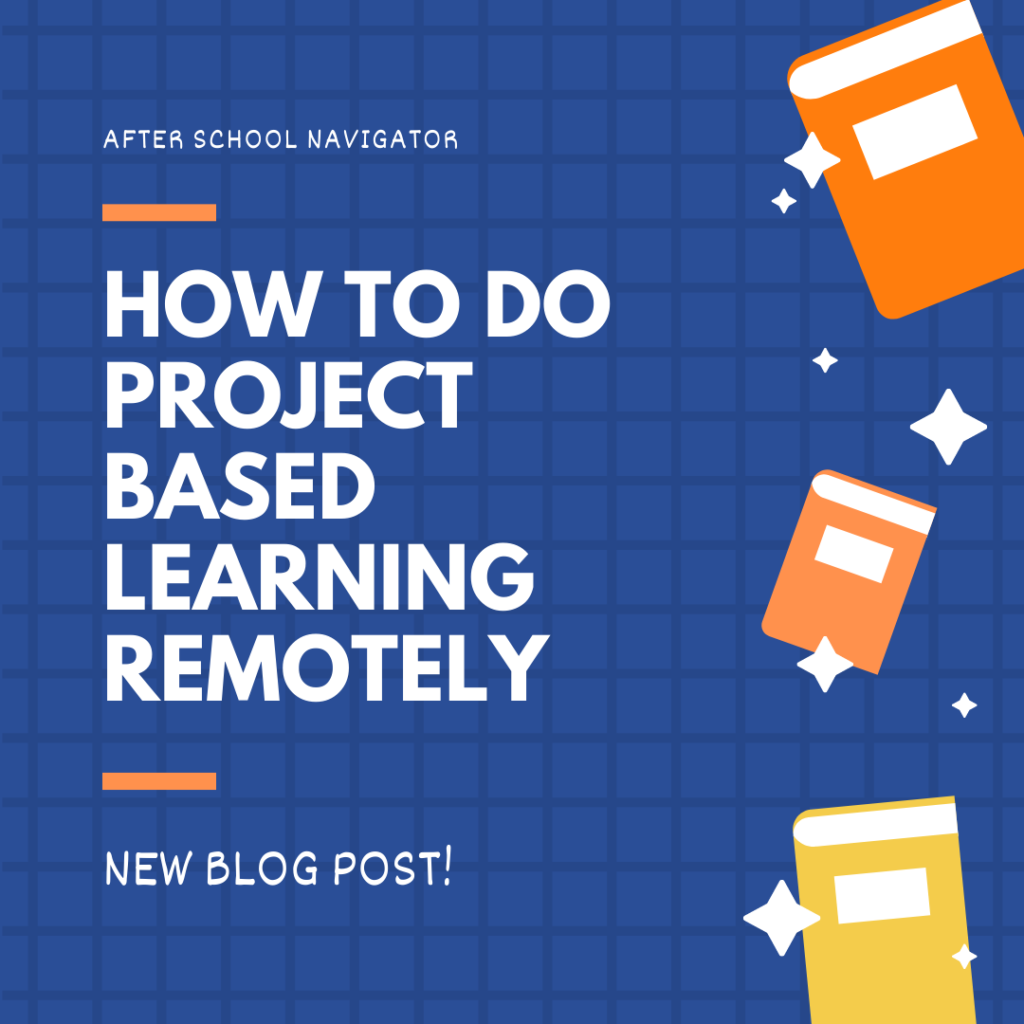You CAN Teach Project Based Learning Remotely!
Project based learning is a powerful learning tool. It allows students the opportunity to problem solve, innovate, and create. Great project based learning also allows students to showcase their work to the community. When students are given the opportunity to create something that will be shared with others outside of the classroom or co-op group, they are more motivated to create something worthwhile and they discover that their voice and their unique talents matter.
The question becomes- how does project based learning work remotely? (Thanks, COVID!)
We know that many programs and co-ops are now working and meeting remotely. This does not mean, however, that project based learning is impossible. It simply means that you as the instructor, have to get a bit more creative. Project based learning is, actually, perfectly designed for remote learning. Project based learning involves a great deal of thinking and working independently. PBL does not require the instructor to give copious amounts of direct instruction but instead, it allows students to discover things on their own with the instructor periodically meeting with and encouraging students throughout the creation process.
To successfully transition your project based learning activities, here are a few items to keep in mind:
1. Make use of the platforms that you are currently using!
Since you are already using a platform to keep in touch with your class, use that same platform to touch base with students throughout their project creation. Set specific times to meet with individual students online to work through some of the challenges that they might be facing or to help guide them towards being able to problem solve a solution to a challenge.
2. Break it up
Assign the work in stages. If, for instance, the project is to create a paper airplane that flies the farthest, first have the students look up sample paper airplane designs and select one that they might like to test first. The next step would be to have the students create and test that design. The third step, have them modify that design and have them decide what should stay, versus what could be enhanced. The next step would be to encourage them to test their new design. Breaking it up into manageable pieces will help students manage the project remotely.
3. Be sure to share!
To increase student motivation and engagement, share their work with others outside of the classroom. Include parents in your presentations or include other students from other rooms. Student performance and engagement increases when they know that others will see their finished projects. Create a private YouTube channel and have students share videos of themselves giving presentations or use apps like Adobe Spark, which are free for students (just be aware that they will need to create their own account). Another benefit of using YouTube is that parents can comment on student videos. When students understand that others are taking note of their accomplishments, a sense of empowerment is sure to follow.
If you are not sure about where to start with project based learning in your classroom or co-op, check out our unit studies that are filled with project based learning that is integrated across the subjects. Find our unit studies at www.afterschoolnavigator.com. With unit studies geared towards K-2 and 3-5 learners, your group could explore outer space, light, animals, the science of flight, fractured fairy tales, or famous mysteries from history.
Remote learning does not mean an end to project based learning. Utilize the resources and the platforms that you have to create something that the students will be proud and excited to share. Help your students uncover their talents and find their voice through the sharing of their work. After all, isn’t that what education is all about?
Check out a video on our Youtube Channel to see a sample of our instructor and student books here: Creative Learning Ideas







